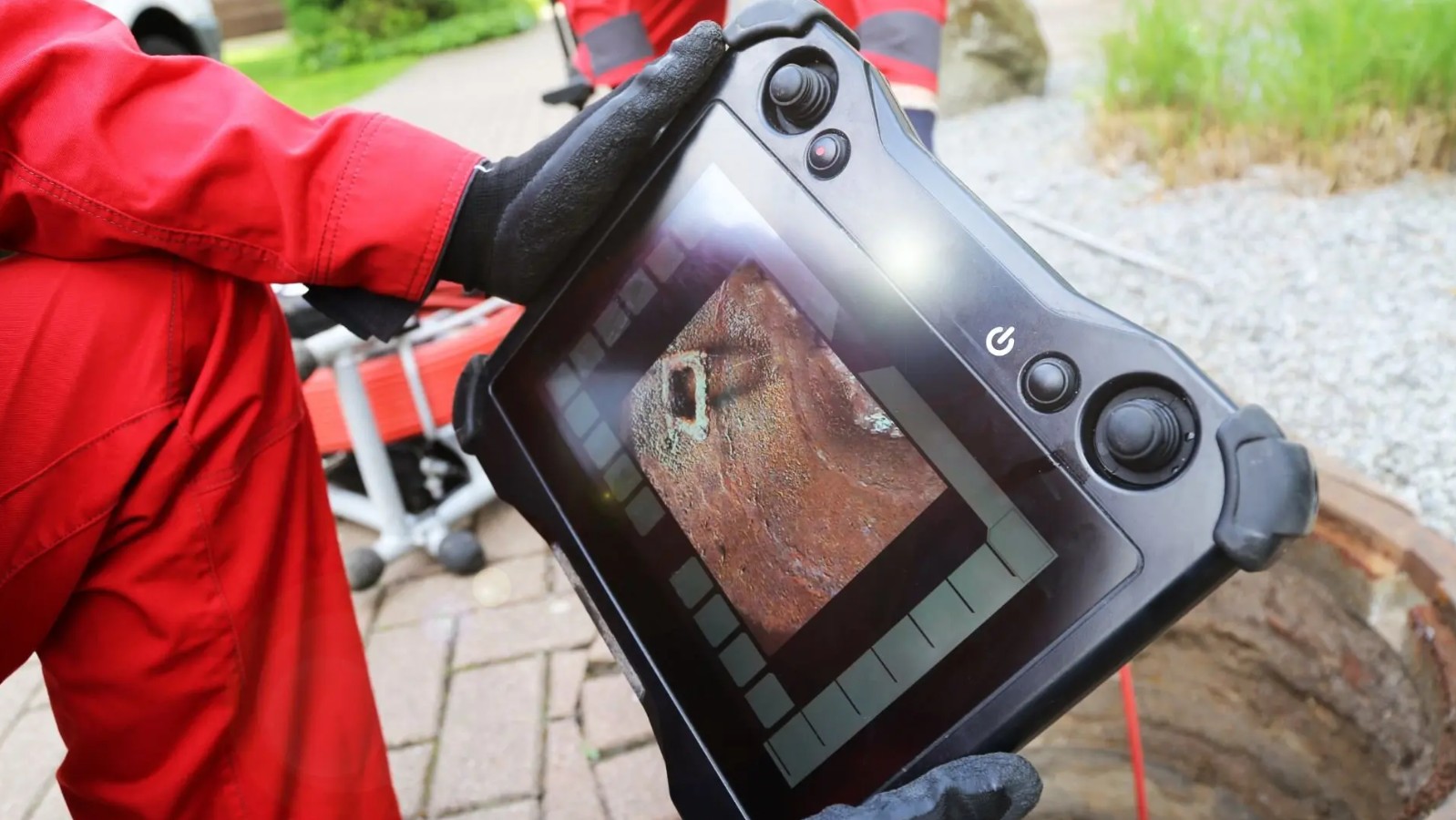In the world of modern plumbing, technology plays a pivotal role in improving efficiency, reducing the time spent on repairs, and providing clearer diagnoses of plumbing issues. One of the most significant innovations in the plumbing industry is the sewer camera, a game-changing tool that has transformed how professionals approach sewer inspections.
A sewer camera is a high-tech tool that allows plumbers to inspect the inside of pipes and sewer lines without the need for invasive digging or disruption. These cameras are equipped with waterproof, high-resolution lenses that provide real-time video footage, allowing plumbers to visually inspect the condition of pipes and identify issues such as blockages, cracks, or root intrusions. The camera is typically mounted on a flexible cable that can be inserted into the sewer pipe, navigating the bends and curves within the plumbing system.
How Does a Sewer Pipe Camera Work?
The sewer camera is designed to be highly durable, able to withstand the harsh conditions of underground pipes. The sewer pipe camera is connected to a monitor above ground, where the plumber can observe the footage in real-time. These systems usually feature built-in lights that illuminate the interior of the pipe, making it easier to spot issues in low-light conditions.
The camera is advanced enough to transmit live video, which is crucial for quickly identifying problems without having to rely on guesswork. The flexible cable allows the camera to travel through the pipes, bending around corners and navigating through even the narrowest passages, ensuring comprehensive coverage of the entire system.
Benefits of Using Sewer Cameras in Plumbing Inspections
1. Enhanced Precision in Problem Detection
Sewer cameras provide a level of detail that traditional methods cannot match. By offering high-definition, real-time footage of the inside of pipes, these cameras allow plumbers to pinpoint exact locations and types of problems, such as cracks, corrosion, or foreign object blockages. This precision enables faster, more accurate diagnoses and reduces the chances of unnecessary repairs.
2. Time Efficiency
The use of sewer cameras significantly speeds up the inspection process. Instead of relying on guesswork or lengthy excavation, plumbers can quickly send a camera into the pipes to assess the situation in real-time. This reduces the time spent on diagnostic procedures, making the overall plumbing service faster and more efficient.
3. Avoiding Unnecessary Excavation
Traditionally, diagnosing plumbing issues often required invasive excavation to locate and access the pipes. Sewer cameras eliminate the need for this, allowing plumbers to inspect the pipes without causing damage to the property or landscape. This results in less disruption for homeowners and businesses, preserving the aesthetic and structural integrity of the property.
4. Improved Customer Satisfaction
With sewer cameras, plumbers can provide clear, visual evidence of the issue to clients. This transparency helps build trust and confidence in the plumbing services provided. Customers can see exactly what’s wrong with their pipes and better understand the necessary repairs, leading to higher satisfaction and increased likelihood of referrals.
5. Real-Time Reporting
Many sewer cameras are equipped with features like GPS and video recording, which allow for immediate and accurate reporting. Plumbers can generate comprehensive reports during or immediately after an inspection, which can then be shared with the client for further review or for insurance purposes. This instantaneous reporting also aids in making timely decisions about the next steps in the repair process.
How to Use a Sewer Camera Effectively
For plumbers, learning how to operate a sewer camera efficiently is crucial for maximizing its benefits. Here are a few tips to make the most out of the tool:
- Inspect the Camera Before Use: Always check that the camera and its cable are in good working condition before starting an inspection. Damaged cables or malfunctioning cameras can lead to inaccurate readings.
- Choose the Right Camera for the Job: Sewer cameras come in different sizes and specifications, so it’s essential to select one that suits the job at hand. For narrow pipes, choose a camera with a smaller diameter, while larger pipes may require a more robust system.
- Take Detailed Notes: During the inspection, take detailed notes on what the camera captures. It’s essential to record any visible damage or blockages and note their exact location within the pipes.
- Use Camera Features: Many modern sewer cameras come with additional features, such as the ability to record video footage, take snapshots, or track the camera’s location within the system. Make sure to utilize these features for comprehensive documentation.
Conclusion
Sewer cameras, particularly sewer pipe cameras, have revolutionized the plumbing industry by offering an efficient, non-invasive, and accurate way to inspect and diagnose problems within sewer lines. Whether it’s a clogged pipe, tree root intrusion, or potential pipe failure, sewer cameras provide plumbers with clear, real-time footage to assess the situation and recommend the best course of action. The ability to pinpoint issues quickly and accurately not only saves time and money but also reduces the disruption to clients’ properties. As technology continues to evolve, the use of sewer cameras will likely become even more advanced, further enhancing the ability of plumbers to provide faster, more effective solutions for their clients.
